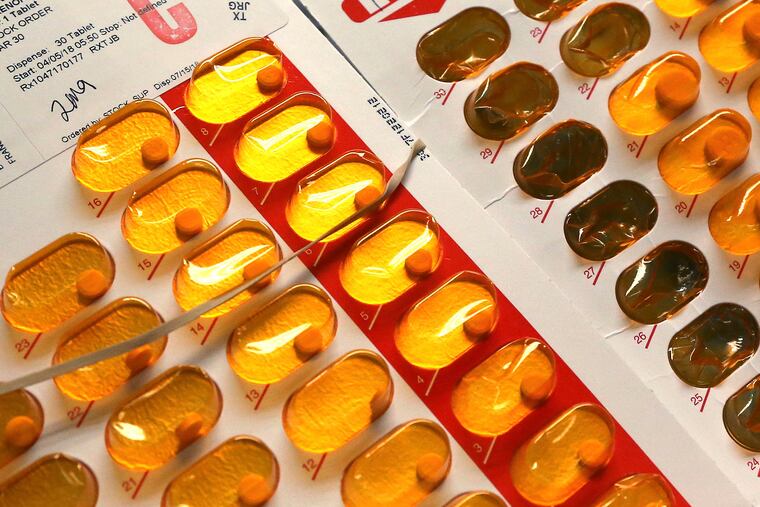White patients far more likely to get popular addiction treatment prescription, study finds
Nationwide, rates of opioid addiction are similar among white and black patients, but treatment disparities persist.

An addiction treatment drug that health officials around the country have touted as a crucial part of the battle against the opioid epidemic is prescribed far more often to white patients.
The study, authored by researchers at the University of Michigan and published Wednesday in the Journal of the American Medical Association, looked at how often patients of different races and ethnicities were prescribed the treatment drug buprenorphine at doctors’ visits.
Getting the medicine at a doctor’s office is a selling point of the opioid-based treatment medication that has fewer federal regulations attached to it than methadone, which must be doled out at clinics and is more stigmatized. Patients can take buprenorphine in the privacy of their homes or doctor’s offices, and most patients on buprenorphine do receive the drug in “office-based settings,” the study authors wrote. Still, doctors need special permission to prescribe buprenorphine, something that isn’t required for the opioid painkillers that may have sparked the addiction crisis.
The study looked at more than 13 million doctors’ visits in which buprenorphine was prescribed between 2012 and 2015, and found that 12.7 million of those visits were by white patients, compared to just 363,000 for all other races.
That’s despite the fact that national surveys suggest white patients are only slightly more likely than black patients to use heroin, or to take prescription pills without a doctor’s direction.
Patients prescribed buprenorphine were also more likely to have private insurance, or pay cash, than to have Medicaid. This held even after the Obamacare Medicaid expansion added more people to the public-insurance rolls.
“It makes you question whether people of lower income or those on Medicaid have equitable access to care,” said Pooja Lagisetty, an assistant professor at the University of Michigan and the study’s lead author. "
The study didn’t look at state data, and Lagisetty said it’s possible some states have policies in place to address racial disparities in treatment. Nor did the study examine what’s behind the gap in buprenorphine prescribing. Lagisetty said the authors hope their paper spurs further research.
“[Buprenorphine] is offered in a traditional health-care setting, where there is a lot more flexibility about reimbursement patterns and which physicians offer it. When that flexibility exists, it’s hard to control whether we’re providing equitable treatment,” she said. “Our results show it’s been inequitable from the beginning, and these trends are persisting," even though doctors are prescribing the drug more often.
The opioid crisis has been portrayed largely as affecting white Americans. But in cities like Baltimore and Washington, D.C., most victims of fatal overdoses are black. In Philadelphia, though whites made up the largest share of opioid overdose deaths in 2017, deaths among blacks rose 34 percent, and deaths among Hispanics jumped 60 percent from the prior year.
“We’re all trying to rapidly improve access to treatment," Lagisetty said. “But we have to be thoughtful about really improving access to treatment for those who need it most."